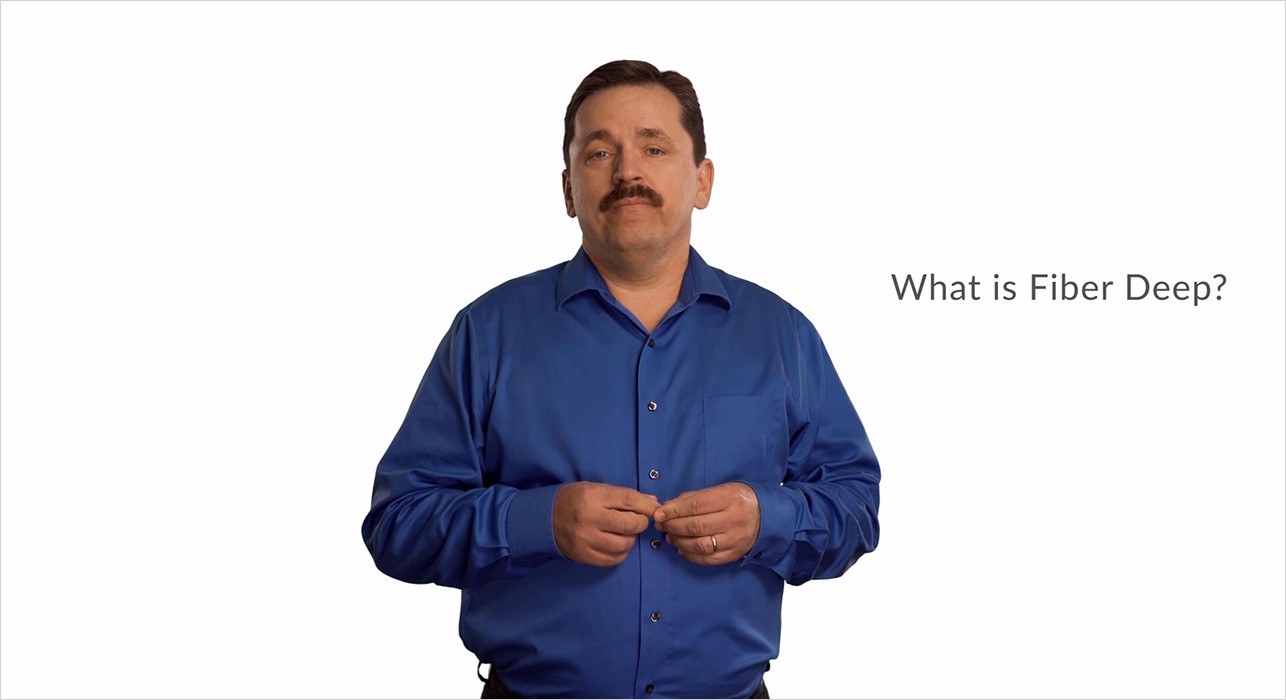How Some Cable Operators Plan to Go Mobile
Without argument, the “road trip” has evolved to a more socially-connected experience. Today’s generation are more vested in adventure and experiences as they go through life while accelerating across the landscape of multilane freeways to get to their destination of choice.
For example, in the technology good ol’ days, we relied on GPS devices and other route-planning tools to map our trips and reduce the stressful, “Where are we?”, moments. Now, using smartphones connected to the cell network to navigate, you can not only map your routes, but also check on real-time traffic conditions, find the closest or lowest priced gas station, and look up roadside attractions.
The fundamental software technology that makes all this possible is virtualization, which also powers cloud computing. While both virtualization and cloud computing are inexorability linked, they are not the same.
What is Virtualization?
Virtualization is the means, with software, to create a virtual instance of a physical device, such as a server, storage device, or network. Once virtualized, instances can spin up, spin down, or be daisy chained with others.
What is Cloud Computing?
Cloud computing is the delivery of service(s) over a network, typically the Internet, resulting from virtualization software manipulating hardware for the delivery of storage and compute resources.
What is Virtualization in Cloud Computing?
Virtualization in cloud computing is the act of creating a virtual (vs. physical) instance of something and making it accessible across a network, most commonly the Internet.
Many cable operators continue to evolve their networks to allow efficient access to these virtual resources. Their goal is to increase bandwidth speeds by investing heavily in their access networks to accommodate future service growth and ensure their advertised speeds and services surpass the competition. To do so, they will need fiber.
In the world of bandwidth, nothing is more scalable than a fiber optic network.
With all these cool apps and more available bandwidth, cable operators are planning to couple mobile services with their network of WiFi hotspots. With millions of WiFi hotspots to leverage, cable operators can offer mobile services within their existing footprint, instead of launching a national offering. To do so, some cable operators are considering being resellers of wireless communications services or Mobile Virtual Network Operator (MVNO).
A Mobile Network Operator (MNOs) typically has extra capacity they sell at wholesale to resellers. Resellers in turn sell it to consumers, under their brand, at reduced retail prices. MVNO’s can sell at lower prices because they only purchase the minutes wholesale and do not license radio spectrum, or build and maintain the infrastructure. This also gives the MVNO more marketing dollars to market the product.
It’s also not unreasonable to think about upgrading those WiFi locations to 5G technologies in the future.
In a previous article I wrote how Data Over Cable Service Interface Specification (DOCSIS) technology will massively enable extra bandwidth, making the need for coherent optical technology even more compelling for cable operators. While fiber does address the compounding bandwidth issue, it by no means is the only component of how to optimize the optical network. Even with fiber being the very best medium for bandwidth, how you optimize that fiber’s bandwidth in real-time can be just as important.
Ciena’s Liquid Spectrum can be used to improve reach for a specific channel, or increase/decrease bandwidth and associated capacity automatically. Ciena’s Blue Planet open and extensible architecture, Manage Control Plan (MCP), can be used to holistically transform your network from static to an agile, flexible, and programmable network for future services.
So, load up the car, fill the tank, and hit the open road as Ciena helps pave the way to your ultimate road trip ever!





